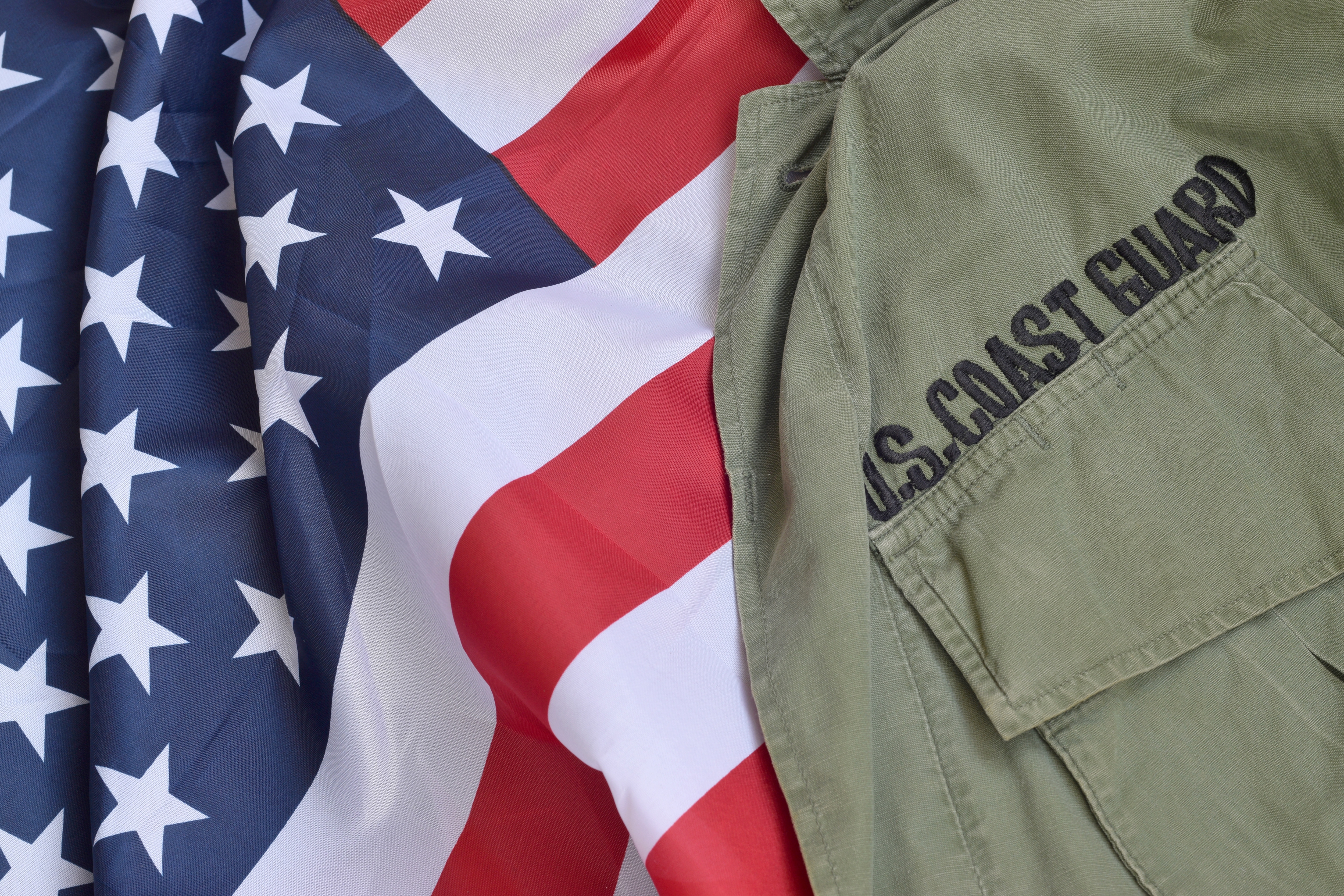Safe Than Sorry - See Dealer Cost Blog
US Coast Guard Recommends a Baseline of Measures to Keep Your Boat Safe for the Season

Boaters have had to be extra self-sufficient since the pandemic hit. The US Coast Guard Auxilliary, for example, was once widely available to perform in-person inspections of individual vessels at local marinas and docks to help boaters prepare. But that fleet has significantly diminished its physical presence in the past year. Thankfully there are more tools in the virtual sphere to prepare for the best time and experience on the water. You can get your own boat compliant as the season rolls out.
It is better to be safe than sorry, as they say, especially if you are a first-time boater. The below nagging but necessary steps will get you up to speed for the rest of your boating life. And veterans know, it is always one or two small, overlooked things that can create a big problem later in the season.
Walk through the following checklist to complete a virtual self-examination. Once you have completed each step, you can choose request a US Coast Guard Auxiliary examiner to physically inspect your boat and supply you with a safety sticker to put on board.
• Display of Numbers: Your boat's registration number must be permanently attached to each side of the forward half of the boat.
• Registration / Documentation: State Registration or U.S. Coast Guard Certificate of Documentation papers must be current, on board, and available.
• Personal Flotation Devices (PFD): Acceptable PFDs must be U.S. Coast Guard-approved, in good serviceable condition, and of suitable size for the each person on your boat.
• Visual Distress Signals (VDS): Recreational boats 16 feet and over used on coastal waters or the Great Lakes are required to carry a minimum of either 1) three-day and three-night pyrotechnic devices, 2) one-day non-pyrotechnic device (flag) and one night non-pyrotechnic device (auto SOS light) or 3) a combination of 1) and 2).
• Fire Extinguishers: Fire extinguishers are required if one of the following conditions exists: (1) Inboard engine(s); (2) Closed compartments that store portable fuel tanks; (3) Double-bottom hulls not completely sealed or not completely filled with flotation materials; (4) Closed living space; (5) Closed stowage compartments that contain flammable materials; or (6) Permanently installed fuel tanks. NOTE: Fire extinguishers must be on board and in good and serviceable condition.
• Ventilation: Boats with gasoline engines in closed compartments, built after 1 August 1980, must have a powered ventilation system. Those built prior to that date must have natural- or powered ventilation.
• Backfire Flame Control: All gasoline powered inboard/outboard or inboard motorboats must be equipped with an approved backfire flame control device.
• Sound Producing Devices / Bell: To comply with Navigation Rules and for distress signaling purposes all boats must carry a sound producing device (whistle, horn, siren, etc.) capable of a 4-second blast audible for ½ mile. Boats larger than 65 ft. are also required to have a bell.
• Navigation Lights: All boats must be able to display navigation lights between sunset and sunrise and in conditions of reduced visibility.
• Pollution Placard: Boats 26 feet and over with a machinery compartment must display an oily waste "pollution" placard.
• MARPOL Trash Placard: Boats 26 feet and over in length must display a "MARPOL" trash placard. Boats 40 feet and over must also display a written trash disposal plan.
• Marine Sanitation Devices: Any installed toilet must be a Coast Guard approved device. Overboard discharge outlets must be capable of being sealed.
• Navigation Rules: Boats 39.4 feet and over must have a current copy of the Navigation Rules on board.
• State and/ or Local Requirements: Requirements must be met before the "Vessel Safety Check" decal can be awarded. A boat must meet the requirements of the state in which it is being examined. Contact your local marine law enforcement agency.
• Overall Vessel condition: Including, but not limited to:
a. Deck free of hazards and clean bilge
b. Safe Electrical and Fuel Systems
c. Safe Galley and Heating Systems
You can access the official US Coast Guard safety checklist form here. Once you have completed your self-check, request a courtesy safety examination from the US Coast Guard.
Here’s to a great season – finally, on the water again!
